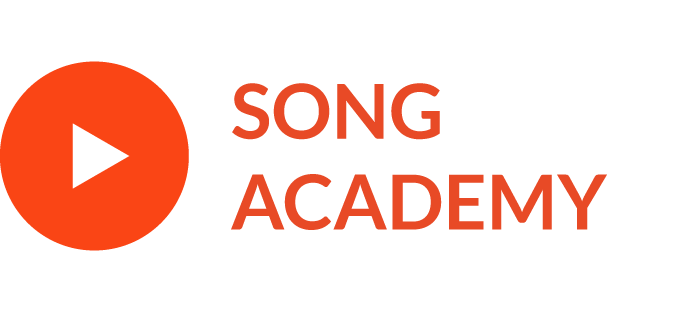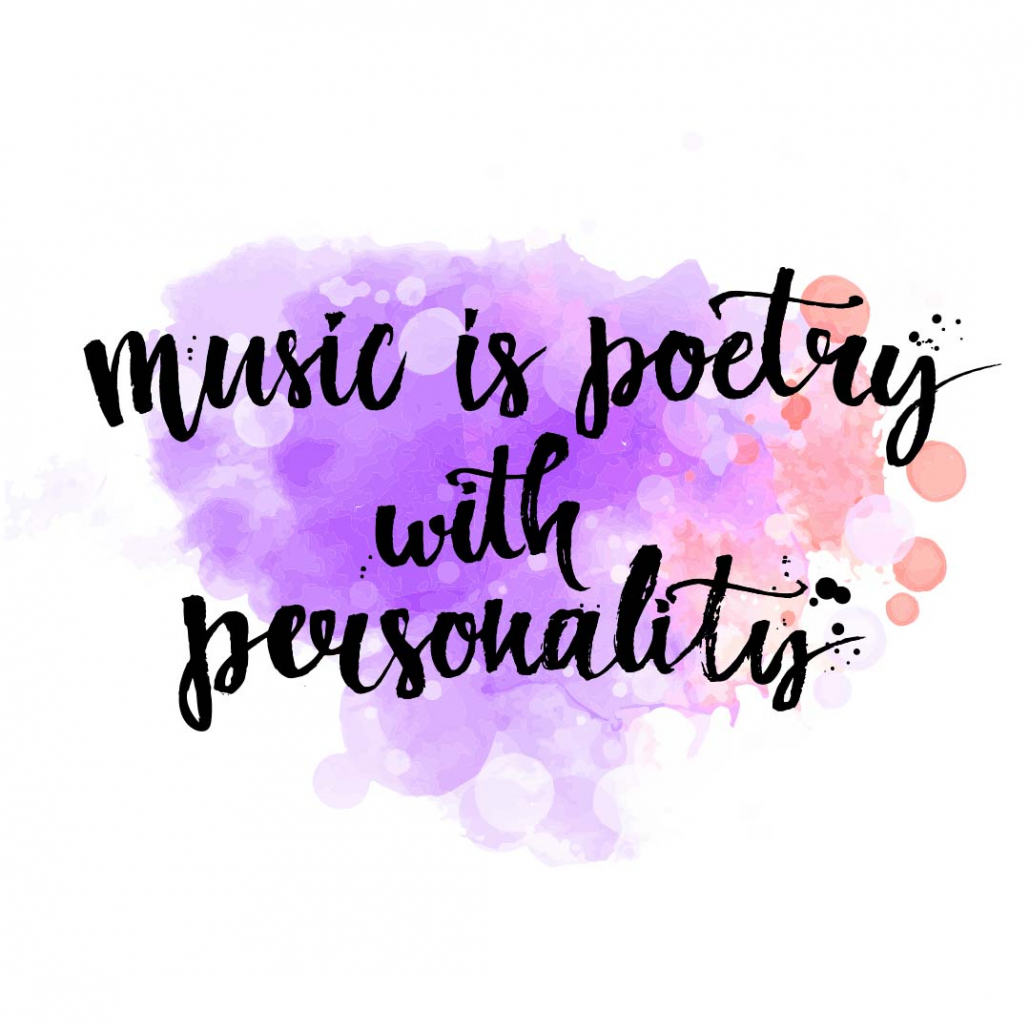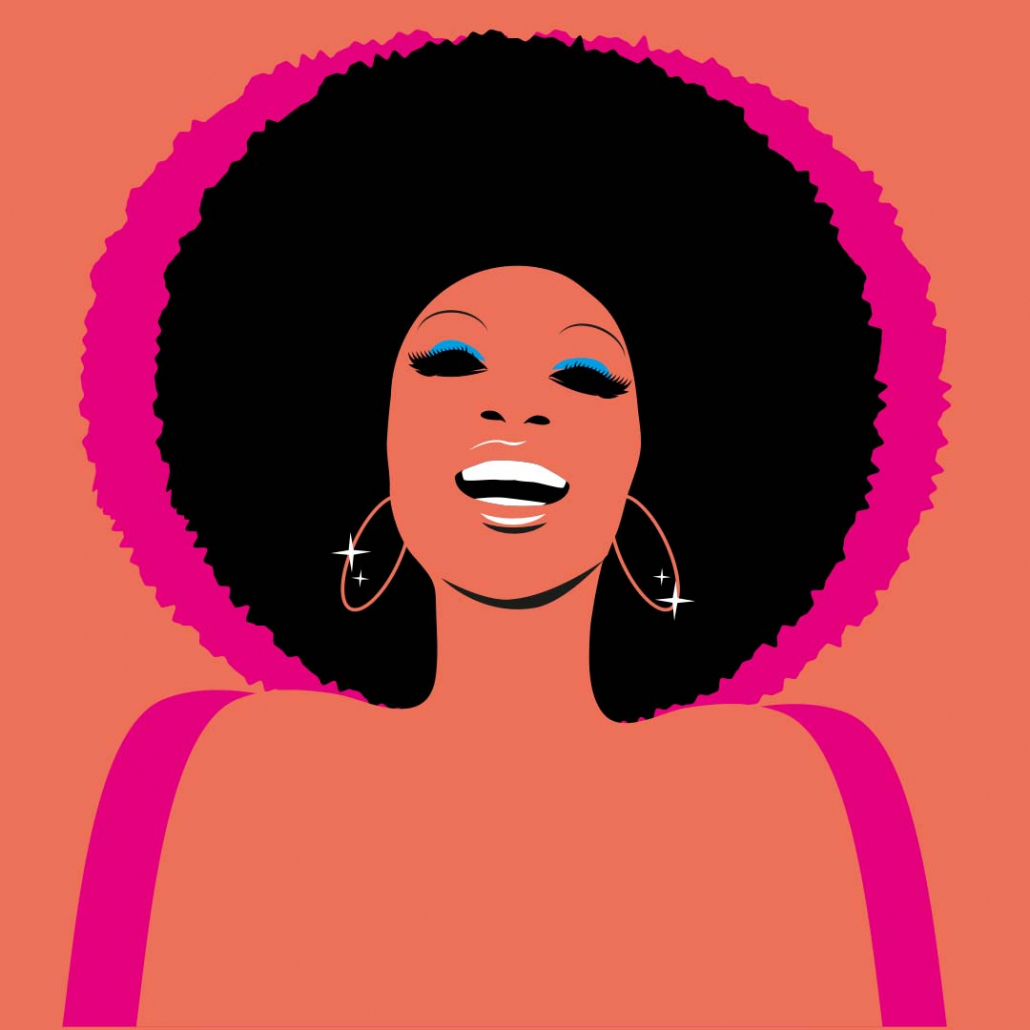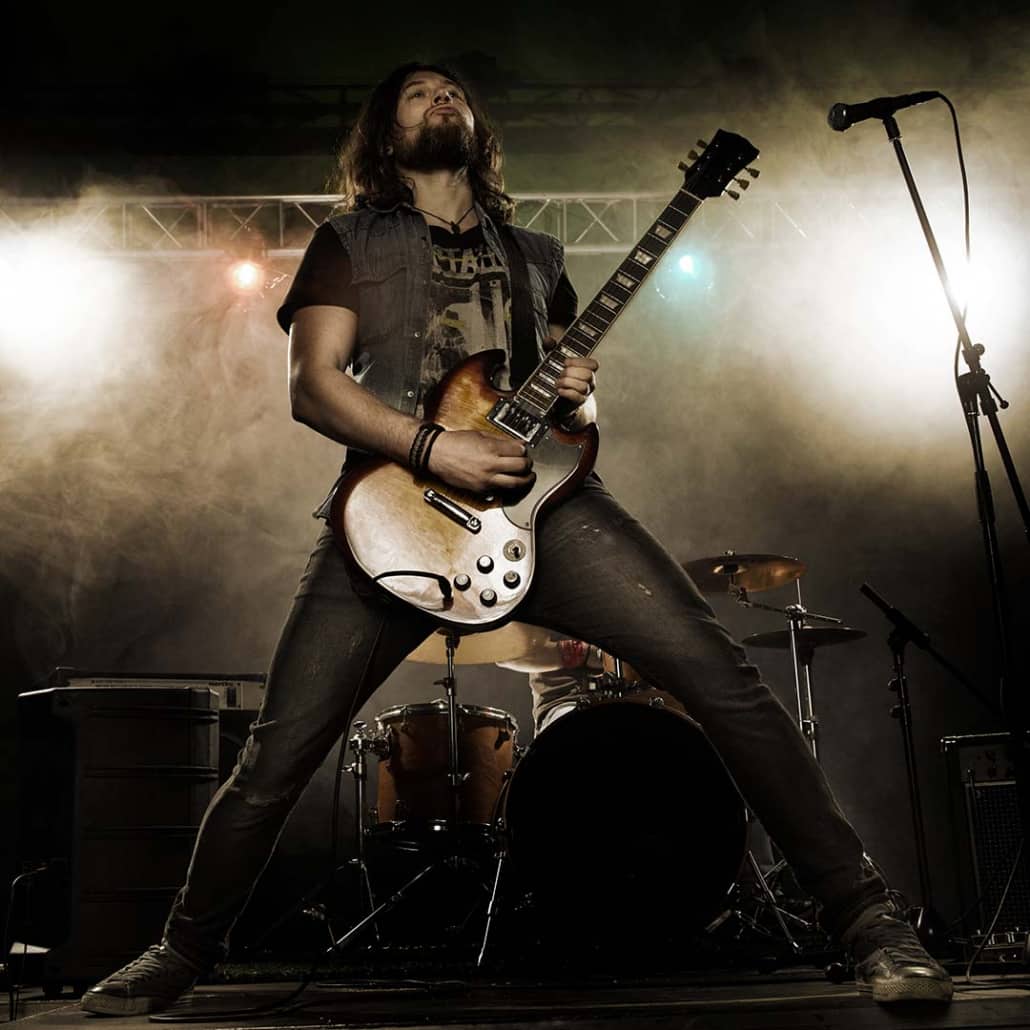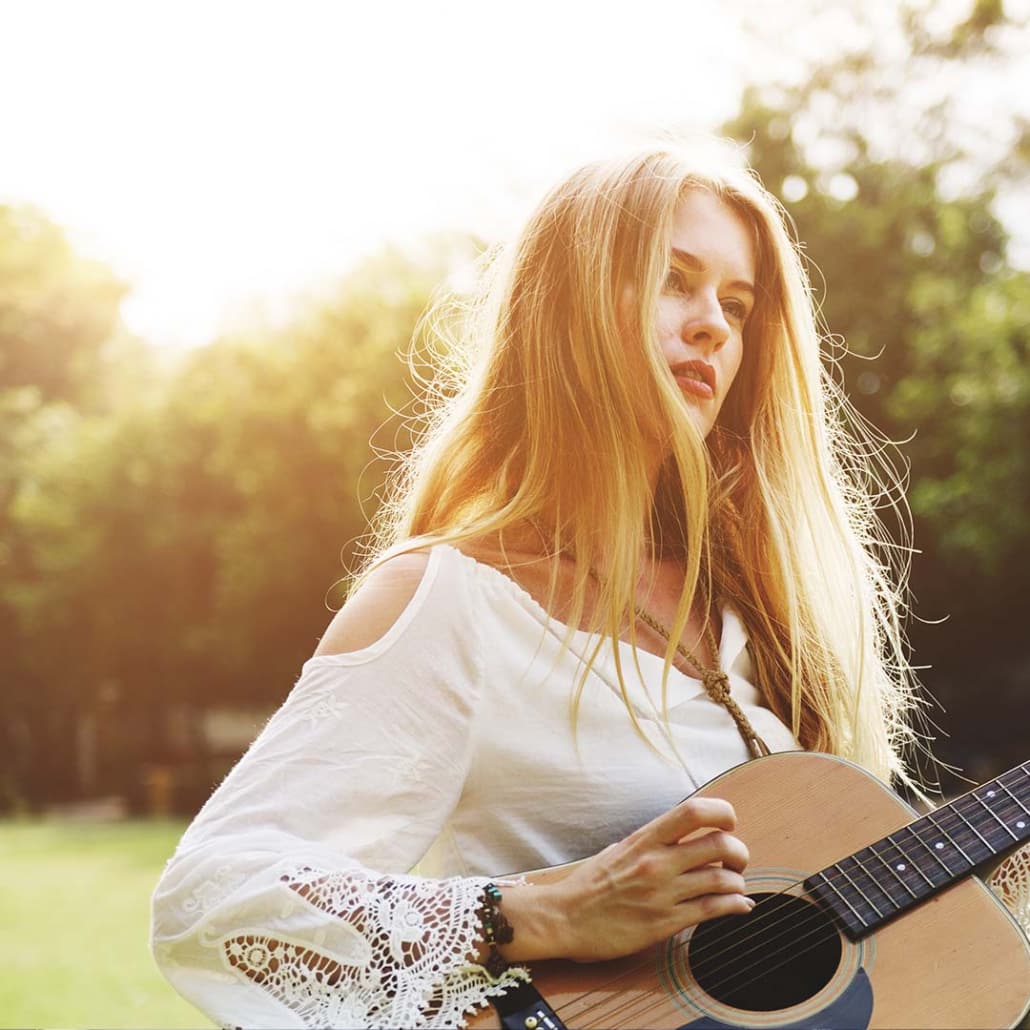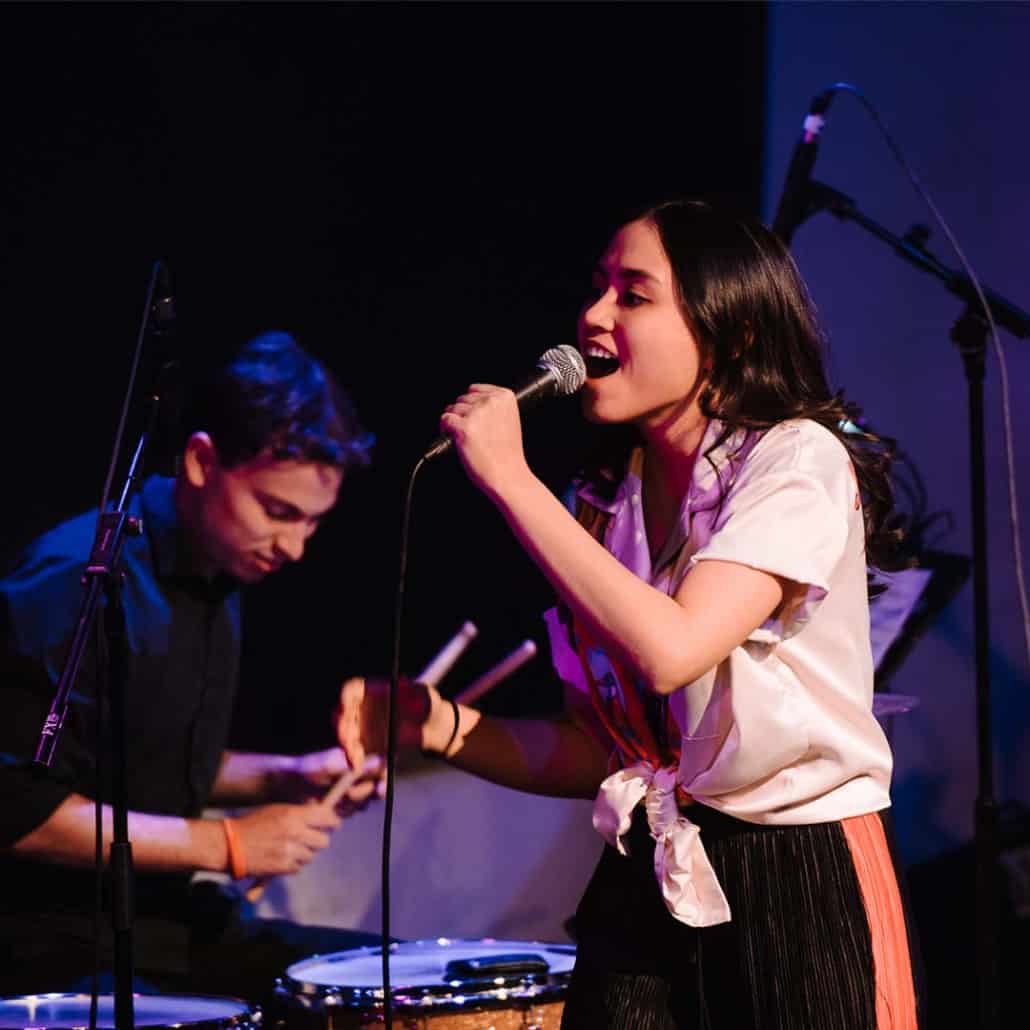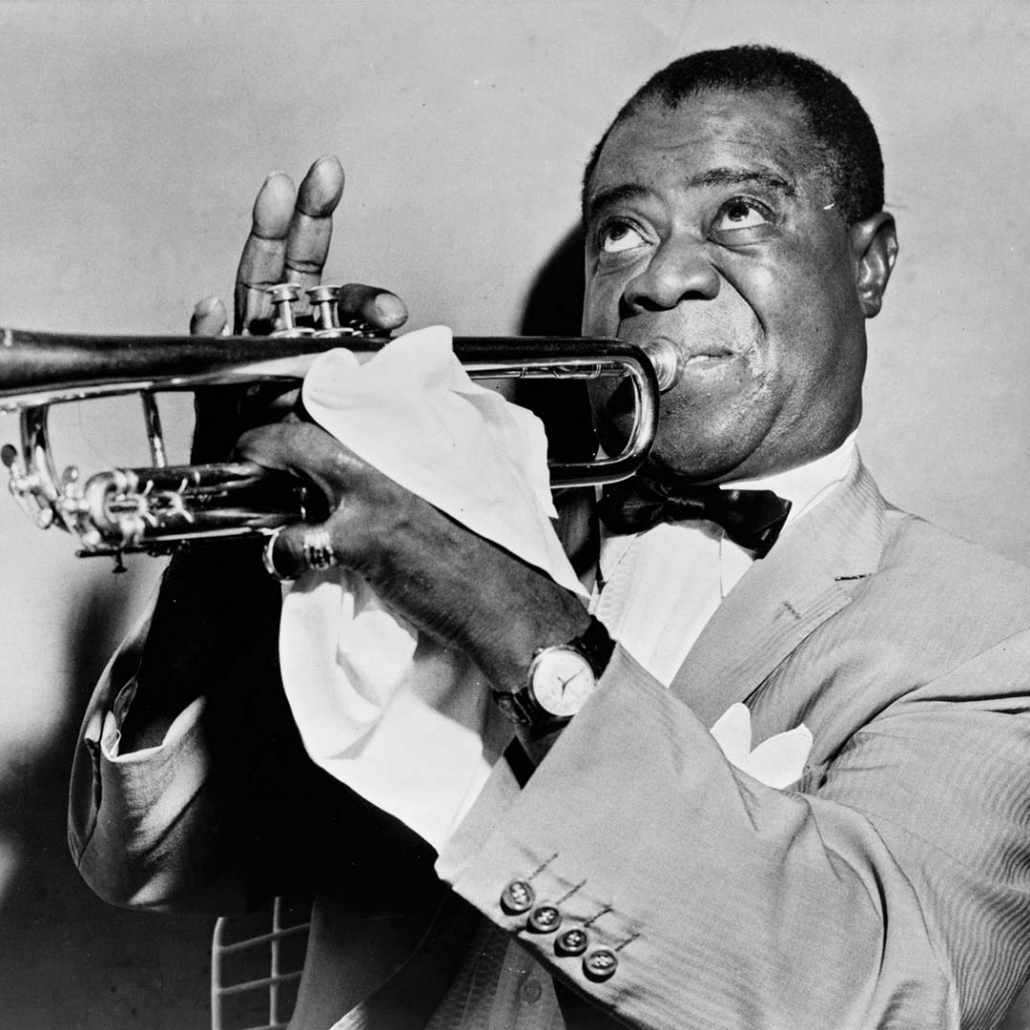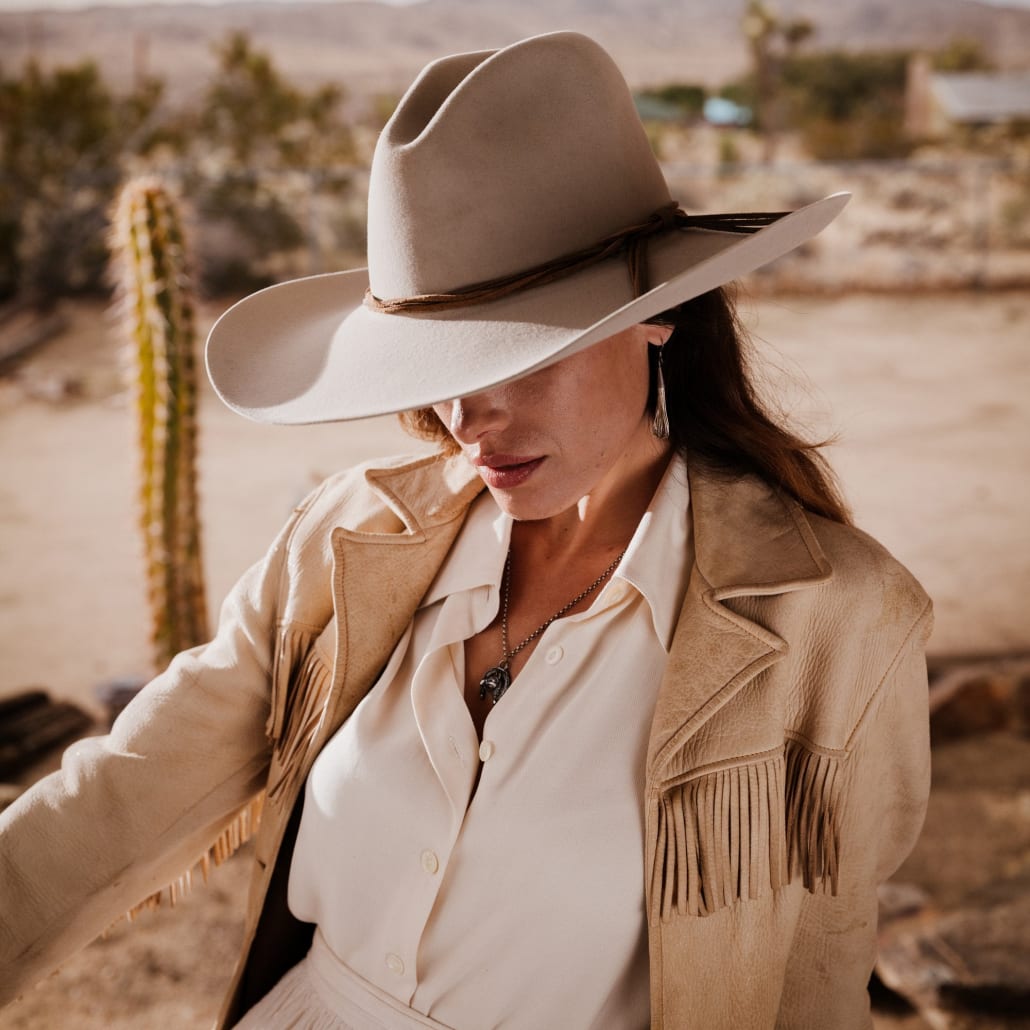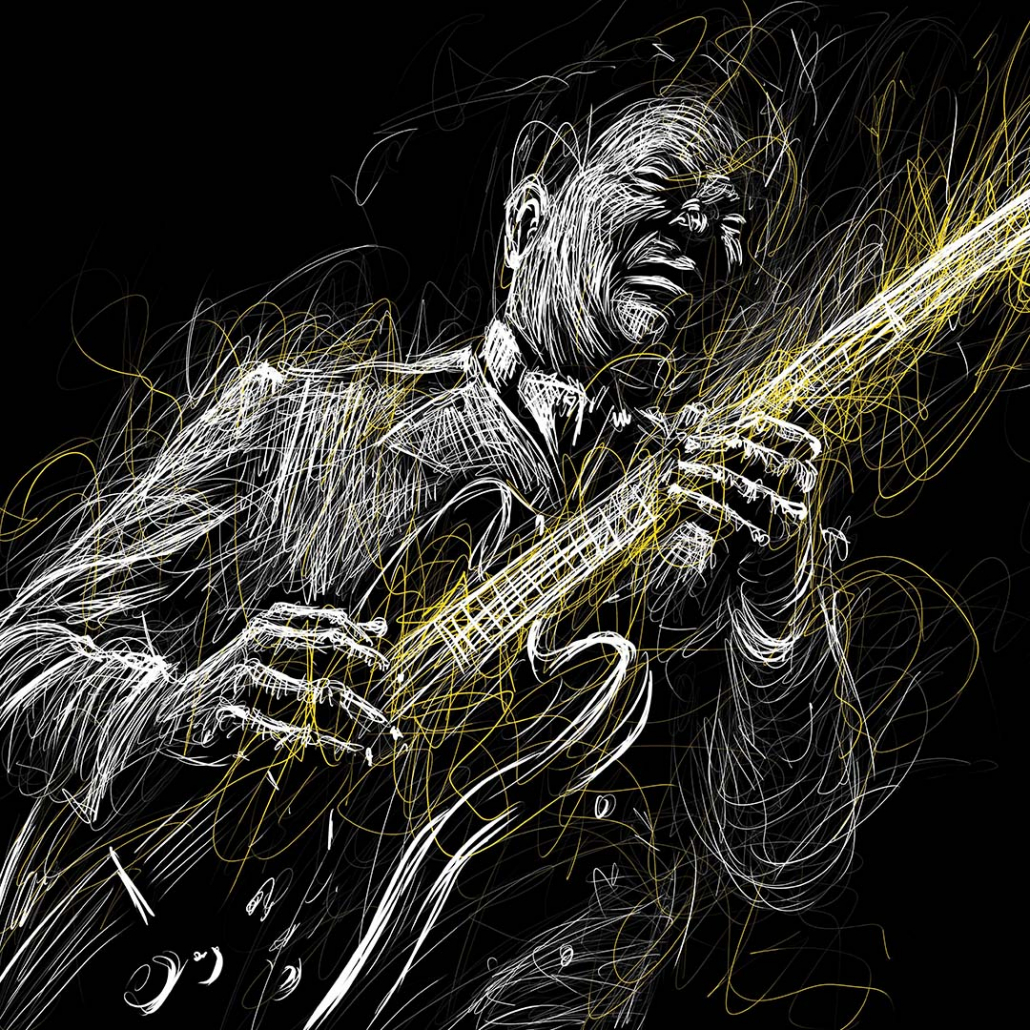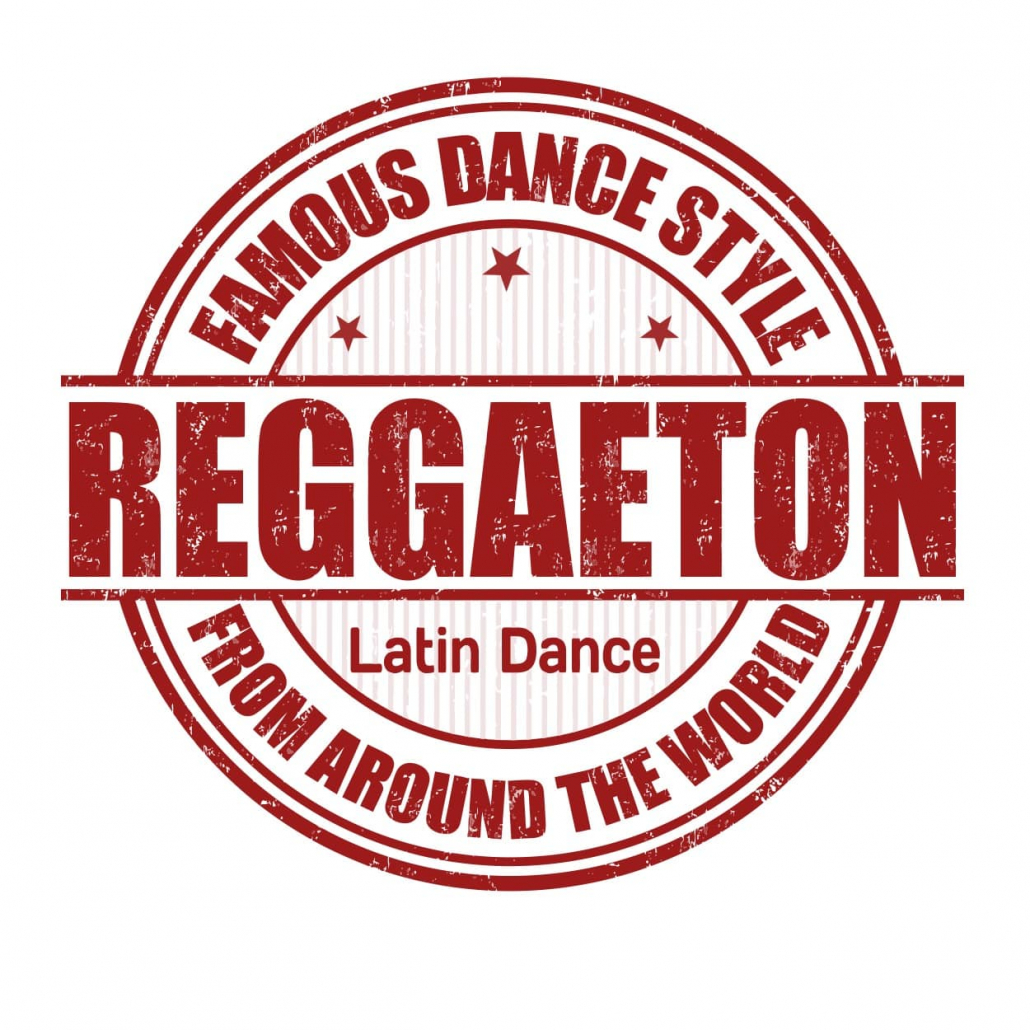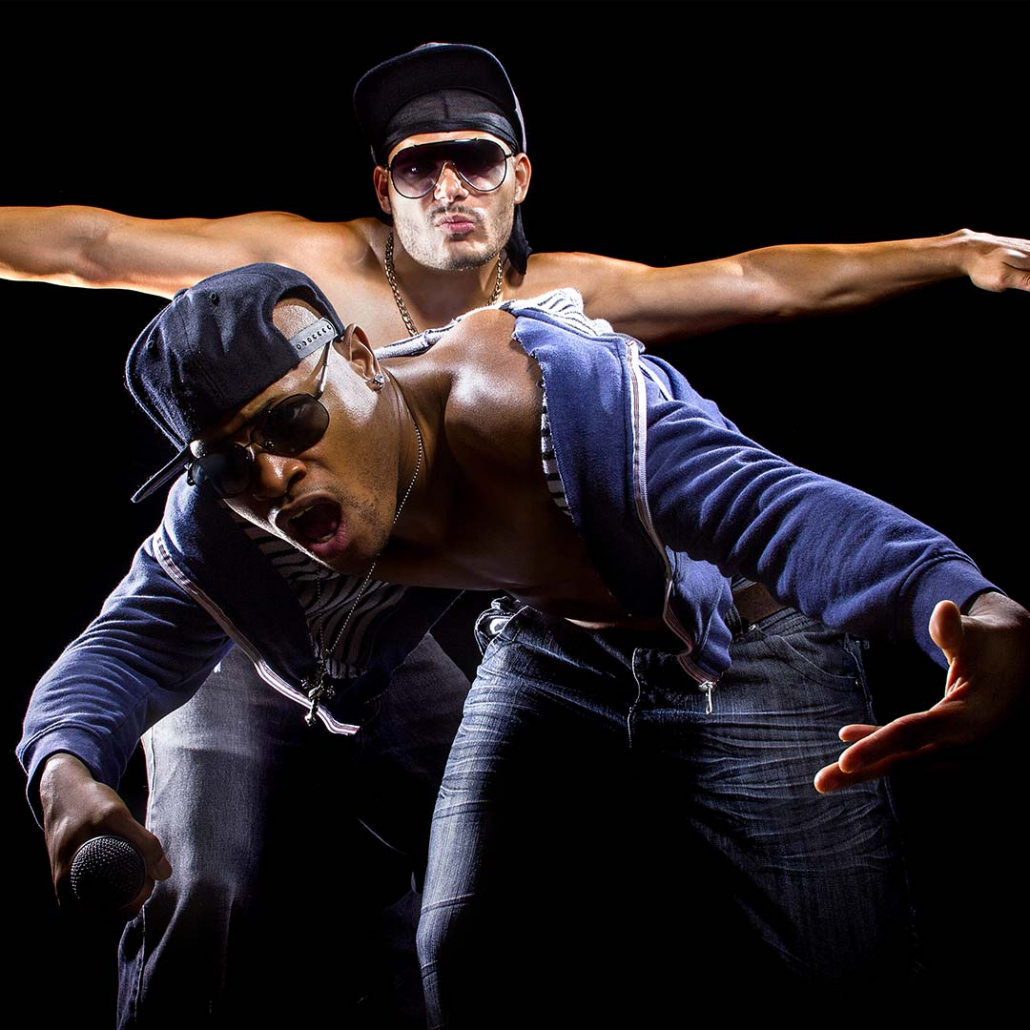Turning poems into songs
Can you turn a poem into a song? Poetry and songwriting are very closely connected – in fact, many songwriters have stated that they started out writing poems before they wrote songs, and those poems became the basis for their lyrics.
So what do a poem and a song have in common? Both make use of RHYTHM and RHYME.
RHYTHM refers to the speed and pace of words, how fast we say them, and which words we emphasise.
RHYME refers to words that sound the same. You’ll often see rhyming words at the ends of lines in poetry. There are many types of rhymes, including single-syllable – like ‘cat’ and ‘hat’ – double syllable – like ‘missing’ and ‘kissing’ – and more.
In poetry, rhythm and rhyme provide a flow to a poem as it is spoken or read. However, in a song, rhythm and rhyme combine with the melodies and production. The rhythm of the words contributes to the overall mood of the song, and the rhyme enhances certain lines, making them more memorable and catchy.
Do you want to practice your songwriting? Maybe you’ve written a poem already that would make a good song? Have a go at these tasks below…
BEGINNERS
- Find a short poem to use – 4 to 8 lines. Get a beat going – this could be you tapping on a table, or the tick of a metronome, a clock tick, or even playing chords on an instrument. Speak the words of the poem over the beat. See if you can find the rhythm of the words.
- If you’ve found the rhythm of the words, have a go at singing the words! Do any melodies seem obvious to you?
- Next, try the same thing – only this time, YOU write the poem first.
INTERMEDIATES
- Find a short poem to use – 4 to 8 lines. Speak the words of the poem over a beat, chords, a metronome or audio loop. Once you’ve found the rhythm of the words, change it up – try faster, slower, emphasise different words. See if you can find THREE different rhythms that work with the poem.
- Once you’ve found your three rhythms, it’s time to add melody! Singing or playing an instrument, integrate melodies to work with your different rhythms. Now you have three different short songs using the same words.
- Next, try the same thing – only this time, YOU write the poem first.
We’d love you to enter your songs into The Song Academy Young Songwriter 2023 competition. It’s a great opportunity to get your songs heard and connect to other young songwriters around the world….as well as winning some fantastic prizes!
